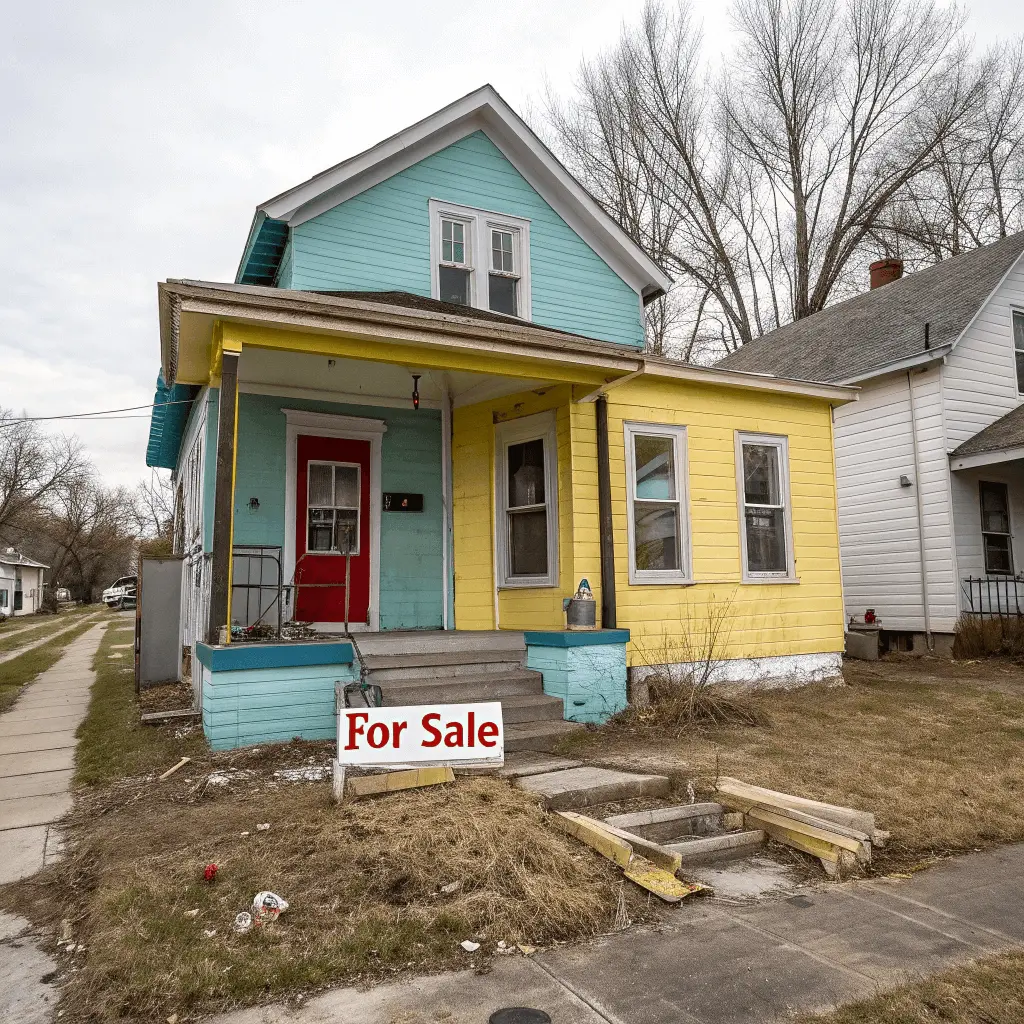The transformation of derelict buildings into dream homes has become one of the real estate market’s most intriguing options for investors. Flipping abandoned homes is not just about renovation; it’s a combination of restoration, market savvy, and a keen eye for potential that often goes overlooked.
For those willing to navigate the complexities, the rewards can be substantial, not only in terms of profit but in revitalizing communities. Keep reading to understand the art of turning forgotten properties into valuable assets.
Navigating Renovations and Legalities for Maximum Value

Before beginning renovations on an abandoned property, it’s crucial to assess the scope of work needed, whether it’s a simple cosmetic update or a full structural overhaul. Licensed inspectors play a key role in uncovering hidden issues, and securing the proper permits is essential to stay compliant with local building codes, zoning laws, and safety standards. Skipping this step can lead to expensive setbacks.
To boost a property’s market appeal, investors should go beyond basics by adding energy-efficient upgrades and modern features. Partnering with experts like Advanced Cooling Systems in Clearwater, FL, to install high-efficiency HVAC systems can make a big difference, especially in warm climates. Staying within budget is often tricky, but experienced renovators rely on strong contractor relationships and contingency funds to manage unexpected costs without sacrificing quality.
Analyzing Flipping Success and Preparing for Future Investments
Success in flipping abandoned homes isn’t just about profit. It’s also about learning from each project. Reflecting on the entire process, including what strategies worked and where there’s room for improvement, helps investors grow. Input from buyers, agents, and contractors can offer valuable insights beyond the numbers.
Strong industry connections are just as important. Relationships with suppliers, contractors, and real estate professionals can lead to better deals and smoother projects. In areas like Traverse City, partnering with services such as scrap metal Traverse City, MI, can help source affordable materials. Staying current with market trends and using past flips to shape future evaluation criteria will keep investors competitive and efficient.
Understanding the Potential of Abandoned Home Flipping
Flipping abandoned homes starts with recognizing the potential hidden behind neglect and disrepair. These properties often come with lower purchase prices, attracting investors eager to turn a profit. Success depends on a solid understanding of local real estate trends and choosing homes with strong resale potential.
Renovation efforts focus not just on appearance but on bringing homes up to modern standards, benefiting both investors and surrounding communities. These improvements can raise neighborhood property values and restore community pride. The process carries risks, including budget overruns, structural surprises, and market shifts. Careful planning, realistic budgeting, and a skilled team of contractors are essential to manage these challenges effectively.
Essential Steps in Acquiring Abandoned Properties

Acquiring abandoned properties demands strategic planning, starting with identifying suitable homes through research, networking, auctions, or direct owner contact. Investors prioritize areas with stable or growing markets and carefully estimate repair costs. Financing is often required, and those lacking capital may seek loans or partners, supported by a detailed business plan outlining renovation costs, ROI, and timelines.
Legal due diligence is essential to confirm a clear title and avoid issues related to liens or local renovation laws. Consulting a real estate attorney is advisable. Once purchased, securing the property is crucial to prevent vandalism and show community progress, often through fencing or alarm systems.
Marketing Flipped Homes to the Right Audience
Presenting a flipped home effectively is vital after renovations. Crafting a strong narrative that reflects the transformation and appeals to the target market enhances its attractiveness. Professional staging and high-quality photography help buyers envision living in the space.
A mix of digital and traditional marketing, such as online listings, virtual tours, social media, open houses, and community events, broadens exposure. These efforts should align with favorable market conditions to boost visibility. Setting the right price requires a balance between renovation value and market competitiveness, supported by thorough research. Choosing an experienced real estate agent with a strong network and local insight can greatly improve marketing and sales outcomes.
Overall, flipping abandoned homes is both an art and a strategic endeavor that requires attention to detail and a willingness to learn from each project. With the right approach, it can lead to significant rewards both financially and in the satisfaction of bringing new life to once-forgotten properties.

